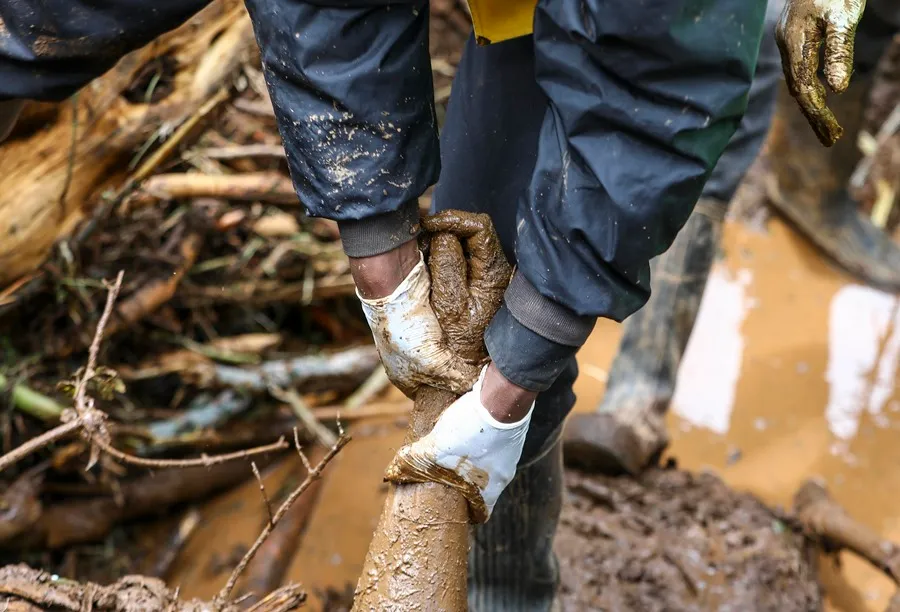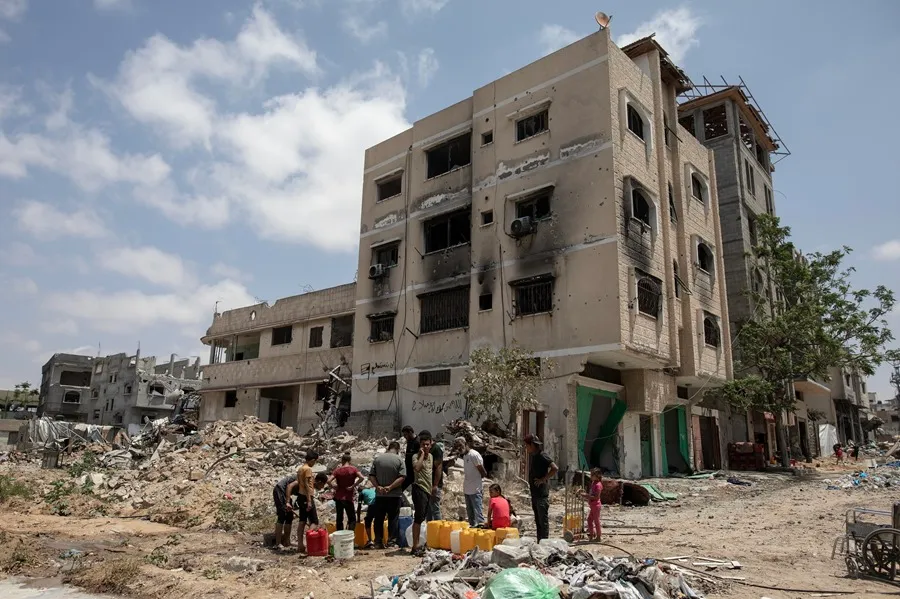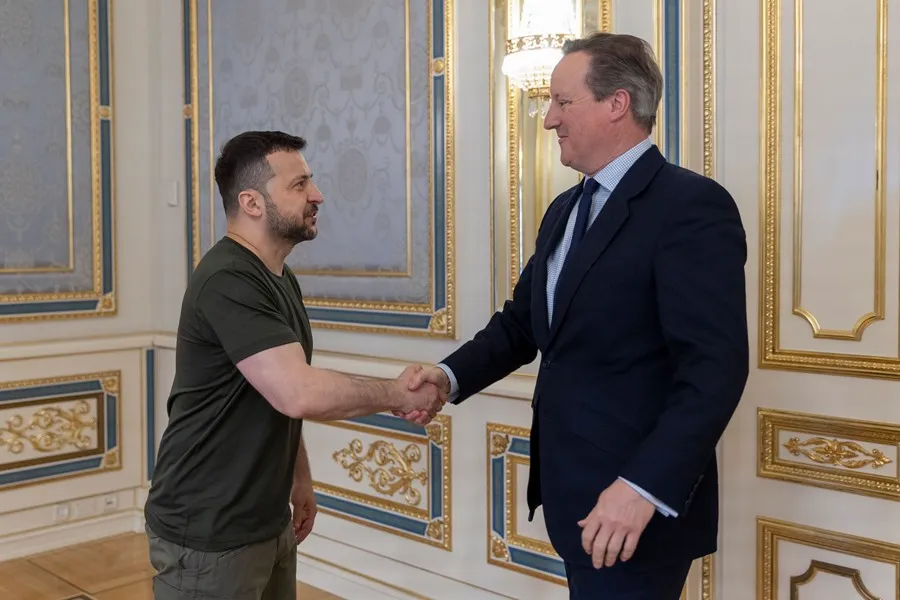International
Argentine society defends its sensitive fiber before the Government: public education
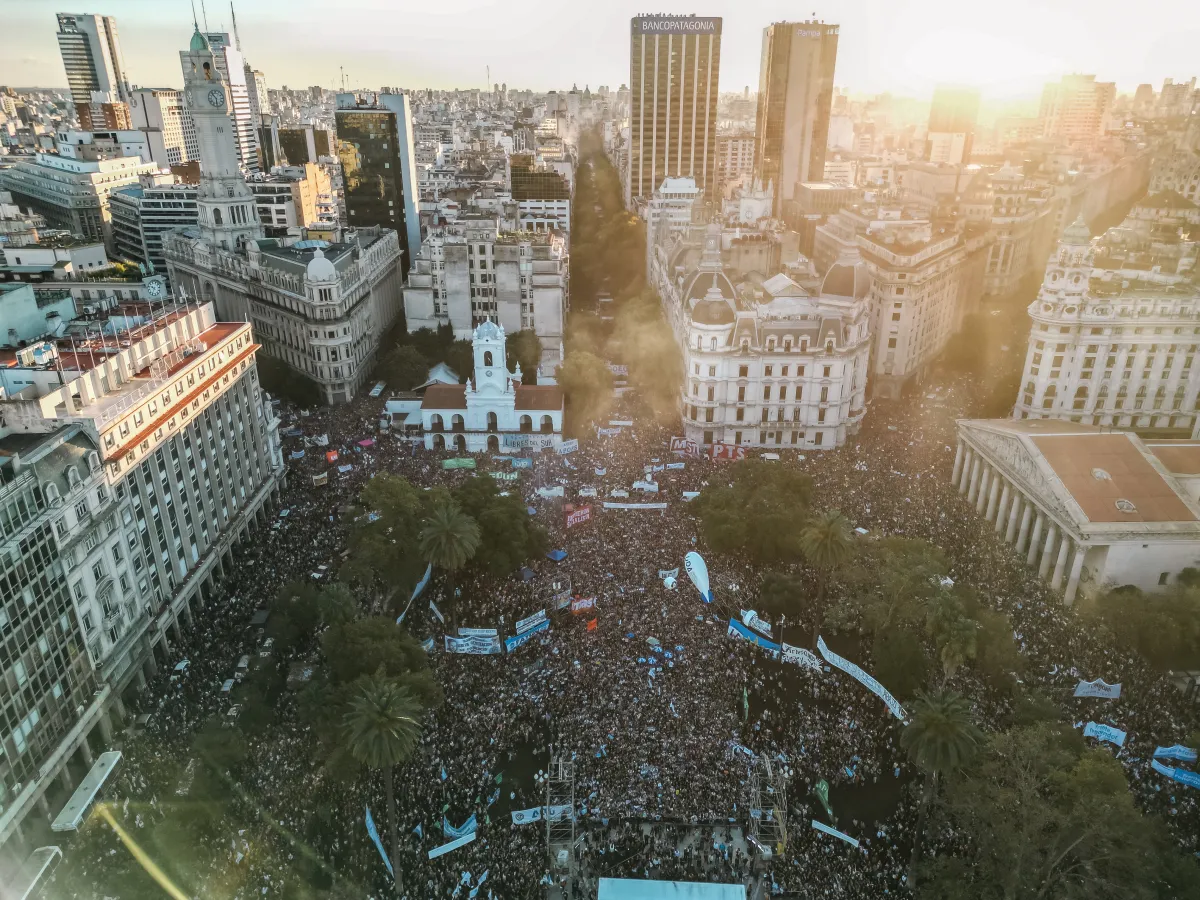
International
The death toll of the devastating floods in Kenya amounts to 210
International
Deaths in Gaza rise to 34,622, after the deaths of 26 people in the last few hours
International
Zelenski informs David Cameron of the course of the war in Ukraine
-
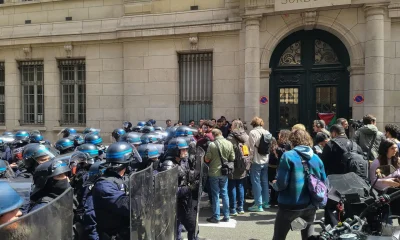
 International5 days ago
International5 days agoPolice enter La Sorbonne to expel dozens of pro-Palestinian students
-
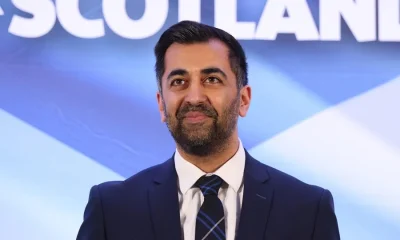
 International5 days ago
International5 days agoPro-independence Humza Yousaf resigns as chief minister of Scotland
-
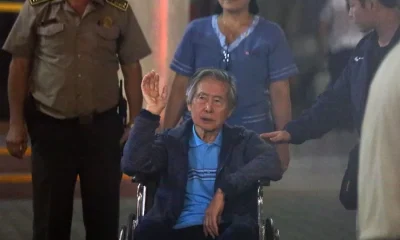
 International5 days ago
International5 days agoFormer President Alberto Fujimori, admitted to a hospital for probable tumor in the tongue
-
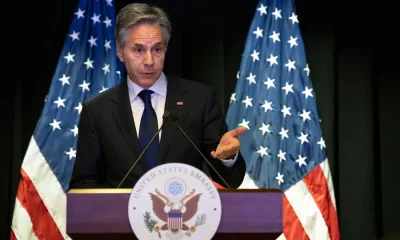
 International5 days ago
International5 days agoThe US warns that it cannot support the Rafah invasion without seeing Israel’s plan to protect civilians
-
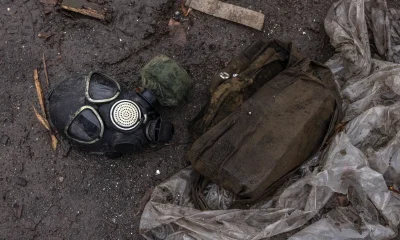
 International1 day ago
International1 day agoThe United States accuses Russia of using chemical weapons against Ukraine
-
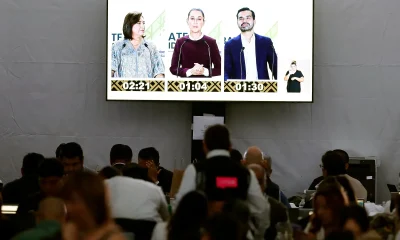
 International5 days ago
International5 days agoThe economic data that defined Mexico’s second presidential debate
-

 International1 day ago
International1 day ago‘Gaby’ Carrizo, the unpopular ruling presidential candidate for the Presidency of Panama
-
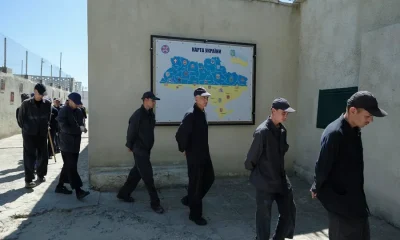
 International5 days ago
International5 days agoDesertions in the Russian Army in Ukraine are growing, according to Kiev’s military intelligence
-

 International1 day ago
International1 day agoTrump promises the largest deportation of migrants in history, “they are going to destroy the country”
-
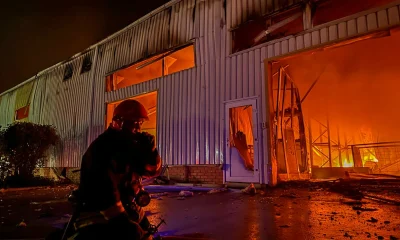
 International1 day ago
International1 day agoRussia destroys postal infrastructure in Odessa in another ballistic missile attack
-
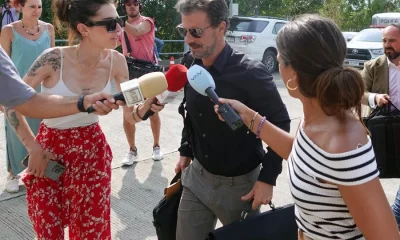
 International1 day ago
International1 day agoThe trial against Daniel Sancho in Thailand concludes and the reading of the sentence is set for August 29
-

 International1 day ago
International1 day agoTrump defends that each state can legislate on abortion after the restriction in Florida
-
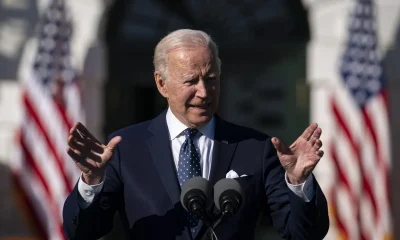
 International2 days ago
International2 days agoThe Biden administration will forgive $6.1 billion in debt of art students
-
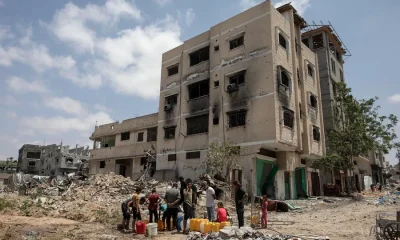
 International8 hours ago
International8 hours agoDeaths in Gaza rise to 34,622, after the deaths of 26 people in the last few hours
-
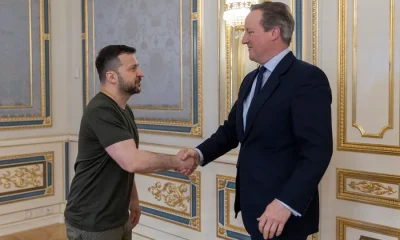
 International8 hours ago
International8 hours agoZelenski informs David Cameron of the course of the war in Ukraine
-
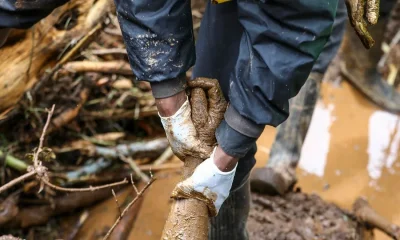
 International8 hours ago
International8 hours agoThe death toll of the devastating floods in Kenya amounts to 210
-
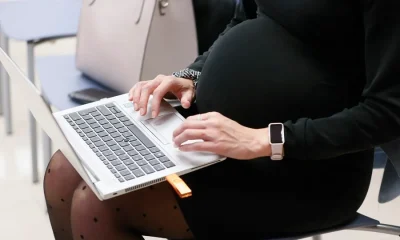
 International8 hours ago
International8 hours agoDenmark will raise the limit for abortion from 12 to 18 weeks
-

 International8 hours ago
International8 hours agoStarmer asks Sunak to call elections after the Labour advance in the municipal elections
-
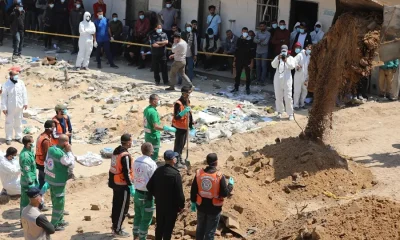
 International1 day ago
International1 day agoA reputed surgeon from Gaza’s Al Shifa hospital dies in an Israeli prison
-
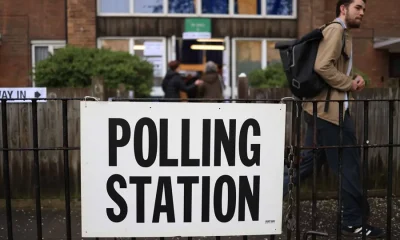
 International1 day ago
International1 day agoThe polling stations open in the municipal by-elections in England
-

 International2 days ago
International2 days agoBlinken praises a truce proposal and Netanyahu gets stuck in his rejection at the end of the war
-

 International2 days ago
International2 days agoUS lawmakers threaten reprisals to the ICC if it issues orders against Israel
-
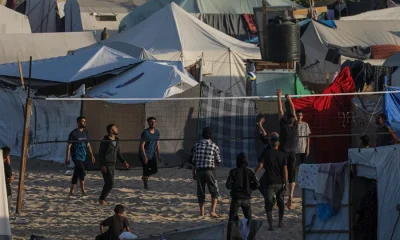
 International5 days ago
International5 days agoThe United States says that Israel has made an “extraordinarily generous” proposal for a truce to Hamas
-
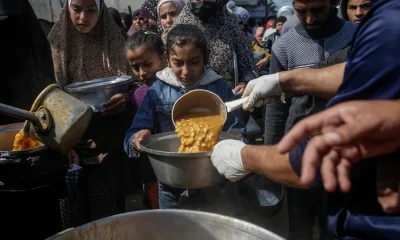
 International5 days ago
International5 days agoPeople are already dying from diseases in Gaza and not only from the bombings, denounces MSF
-
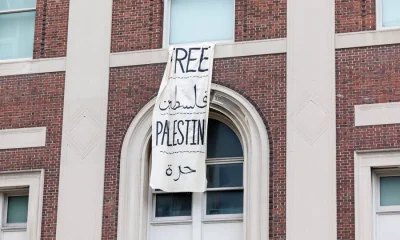
 International2 days ago
International2 days agoNew York Police surround the protest of the Columbia University campus
-
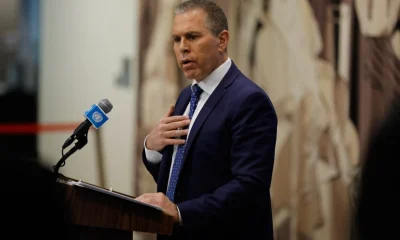
 International2 days ago
International2 days agoIsrael compares the protests in Columbia at the UN with a passage from Nazi Germany
-
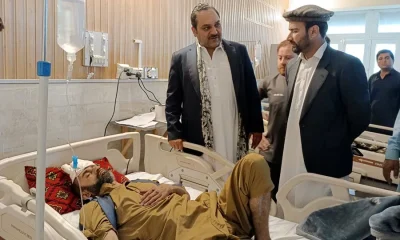
 International8 hours ago
International8 hours agoAt least 20 dead and 21 injured when a bus crashed through a ravine in Pakistan
-

 International2 days ago
International2 days agoThe United States will take a historic step by classifying marijuana as a low-risk drug
-
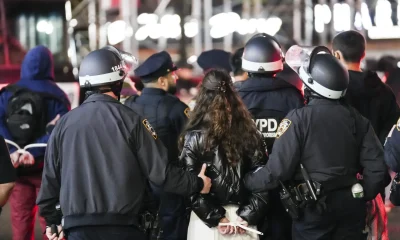
 International2 days ago
International2 days agoNew York puts 282 detainees in pro-Palestinian university protests with “external agitators”
-

 Internacionales2 days ago
Internacionales2 days agoPetro denounces missing more than one million projectiles and ammunition from military bases
-
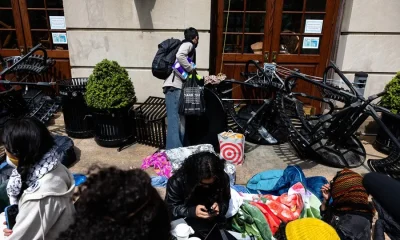
 International2 days ago
International2 days agoThe debate is growing about whether student protests in the US are anti-Semitic or anti-war
















